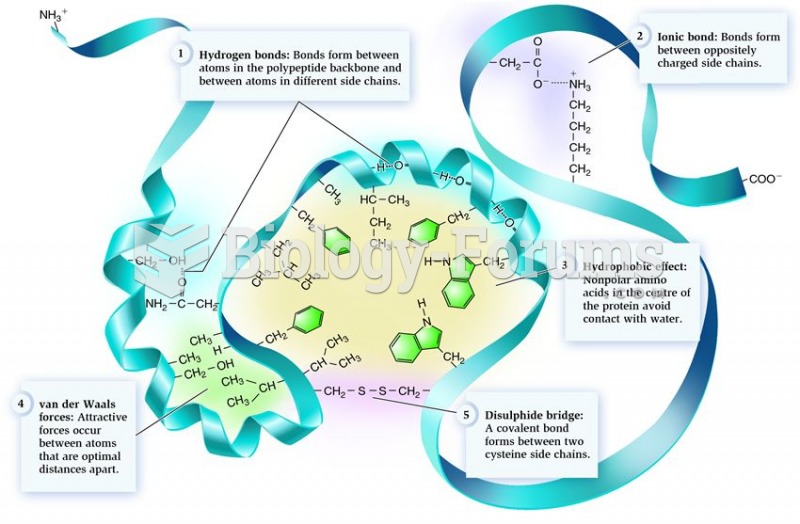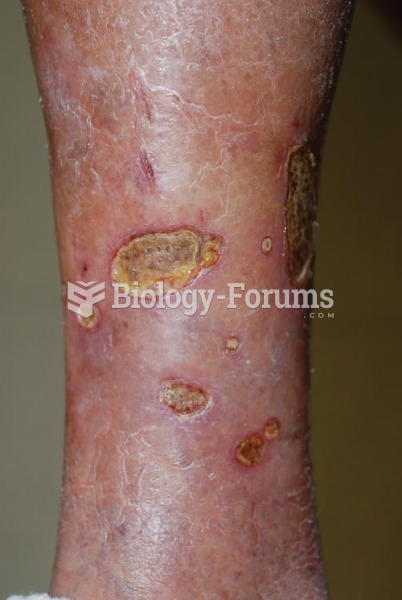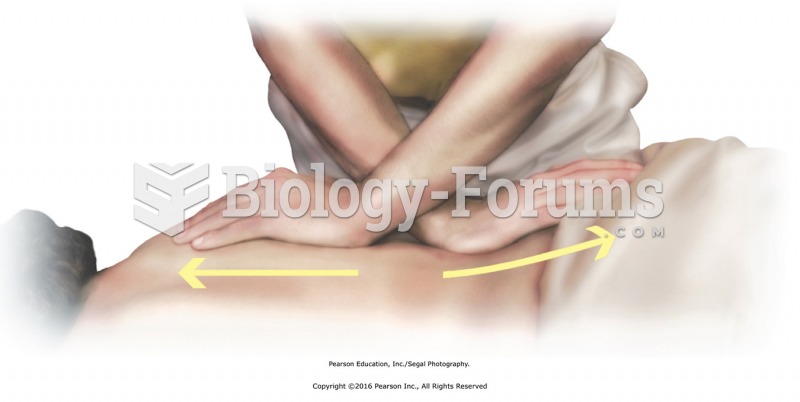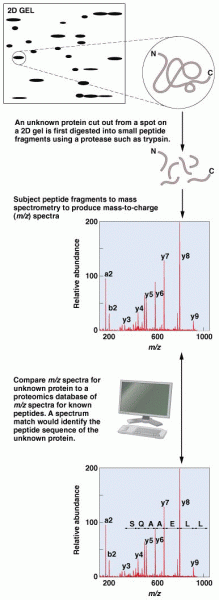|
|
|
Oxytocin is recommended only for pregnancies that have a medical reason for inducing labor (such as eclampsia) and is not recommended for elective procedures or for making the birthing process more convenient.
The Food and Drug Administration has approved Risperdal, an adult antipsychotic drug, for the symptomatic treatment of irritability in children and adolescents with autism. The approval is the first for the use of a drug to treat behaviors associated with autism in children. These behaviors are included under the general heading of irritability and include aggression, deliberate self-injury, and temper tantrums.
Approximately 70% of expectant mothers report experiencing some symptoms of morning sickness during the first trimester of pregnancy.
The heart is located in the center of the chest, with part of it tipped slightly so that it taps against the left side of the chest.
Thyroid conditions may make getting pregnant impossible.
 A typical low-side driver (LSD) which uses a control module to control the ground side of the relay ...
A typical low-side driver (LSD) which uses a control module to control the ground side of the relay ...
 The asymmetry of facial expressions. Notice that the expressions are more obvious on the left side ...
The asymmetry of facial expressions. Notice that the expressions are more obvious on the left side ...





